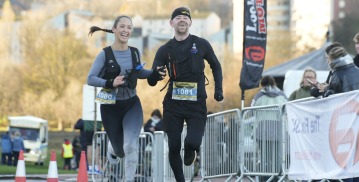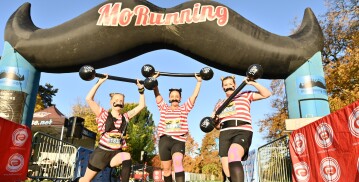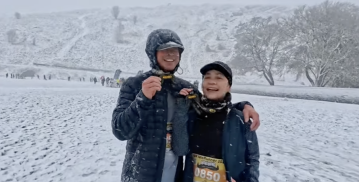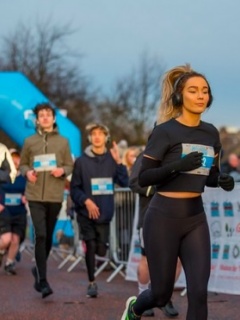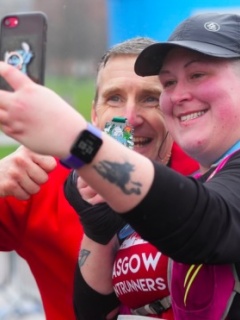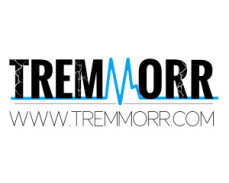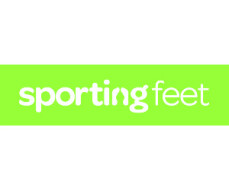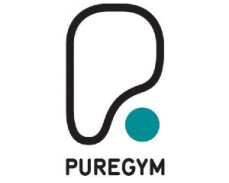February 22, 2020
Running
By Fix Events
Injury is one of the harsh realities of running
You’ll all be familiar with the aches, pains and niggles that crop up out on the road, track or trail – a tender foot, a tight hamstring, a whiny knee. If left untreated and unaddressed, these murmurs can materialize into something more serious
Runners generally are not good at listening to their bodies, and so tend to apply the “run it off” technique which although can be great for improve mental short term resilience skills, in the long run your likely to be setting yourself up for bad times ahead.
A runner out with an injury reading all their friends social media posts about an “awesome trail run today” is a very grumpy specimen indeed! So here’s some tips to look out for and avoid those running injuries
Common Running Injuries
1) Shin Splints
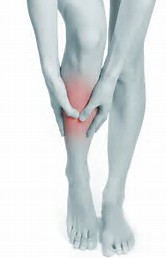
Often recognized as pain along the inner edge of the shinbone (tibia)
Shin splints are usually caused by repeated trauma to the connective muscle tissue surrounding the tibia
Possible cause - increasing mileage too quickly, inappropriate support from footwear, tension build up in foot
Prevention / Cure - R.I.C.E ( Rest Ice Compression Elevation ) - self-massage in feet
2) Runner’s Knee
The stresses of running can cause irritation where the kneecap (patella) rests on the thighbone
The resulting pain can be sharp and sudden or dull and chronic, and it may disappear while you’re running, only to return again afterward. While biomechanical issues may be to blame for runner’s knee, the cause can often be traced back to poorly conditioned quadriceps and tight hamstrings.
Possible cause – Poor /weak / untrained muscles surrounding the knee joint
Prevention - Strength and conditioning of muscle groups, taping knee joint for support
3) Achilles Tendinitis
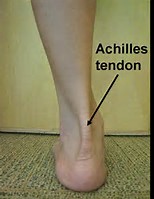
Achilles tendinitis is usually a dull or sharp pain anywhere along the back of the tendon, commonly close to the heel.
Possible cause – Poor range of motion at ankle, inappropriate support from footwear, tension build up in calves and/or feet, increasing mileage too quickly
Prevention - Self-massage in legs and feet – particularly the calves, strength and conditioning to improve muscle recruitment and increase range of motion
4) Plantar Fasciitis
Plantar fasciitis is caused by straining the ligament that supports your arch. Repeated strain can cause tiny tears in the ligament and hardens over time
Possible cause- Poor range of motion at ankle, inappropriate support from footwear, tension build up in feet and calves, excessive amount of pronation
Prevention - Self-massage in legs and feet – particularly the calves and arch, compression
5) IT Band
Iliotibial Band Syndrome (ITBS) is one of the most common overuse injuries among runners. It occurs when the iliotibial band, the ligament that runs down the outside of the thigh from the hip to the shin, is tight or inflamed. The IT band attaches to the knee and helps stabilize and move the joint.
Possible cause - Poor support from footwear, tension build up in quads and calves, excessive amount of pronation allowed in regular footwear
Prevention - Self-massage in legs – target the quads, glutes and hamstrings. It is crucial to avoid foam rolling directly on the IT band as this will already be sensitive and inflamed
Top tips for staying injury-free
Footwear
The repetitive nature of running and the toll it takes on our feet, really underlines the importance of wearing the right footwear. Spending time getting it right will save you hours of pain and discomfort in the long run. Most running specialist retailers now do services where they take a detailed look at the way feet land and if the words pronate and supination are alien to you then seek guidance before investing in expensive shoes that might be all wrong for your specific requirement.
Compression
Compression products work by increasing the blood flow to the compressed area, which in turn, improves the oxygen and nutrient flow to the working muscles. Research has shown that it can reduce fatigue in the muscles and also aids recovery. Training, resting and sleeping in compression is a great way to speed up the healing of any niggles. Compression clothing also keeps the muscles warm so on those colder days you won’t feel any sudden ‘twangs’ when muscles are suddenly thrust into action.
Training
Training is probably the easiest aspect for us to control and yet it’s still to blame for the majority of injuries. Training through injuries, ignoring blatant warning signs and putting a brave face on are all recipes for disaster. Gradual progression in training is far better than severely overloading your body and getting injured. When training for marathons I say to myself “you need 6-8 months of uninterrupted training before reaping the rewards and reaching your potential.”
Check out our great events coming up : https://thefixevents.com/events

